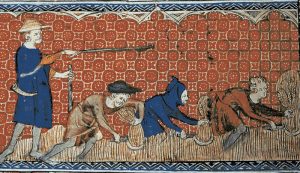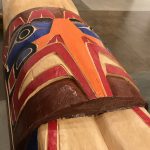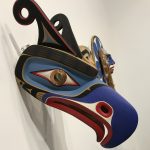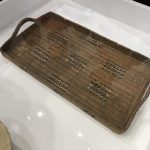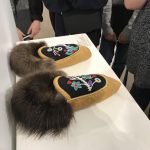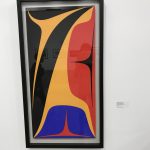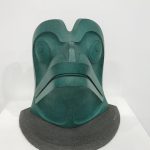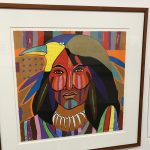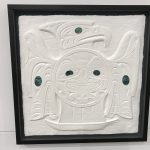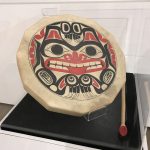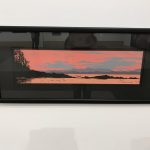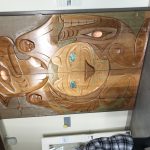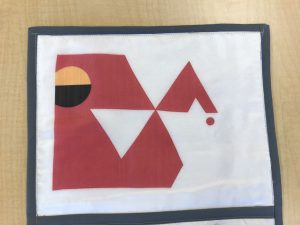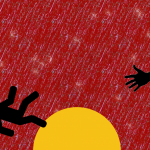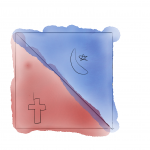Today I will explain how to live your entire life working in a field for a manor and then die in just 3 simple steps!
Step 1: Be born.
Step 2: Be born in medieval times.
Step 3: Be part of the 90% of people who lived and died on the fields.
And you’ve done it! You’re going to live a meaningless life surrounded by crops in a little shack until you die at 22 from a toothache after having six children!
That was the reality for most people in medieval times. Feudalism was an unfair system, and it took hundreds of years for people to realize that. The peasants and serfs had no power, and had to serve the nobles their entire lives. Nobles, priests, and kings had most of the power, and were born into it. This system was put in place after Rome fell in the late fourth century. We learned all of this in our Stitch in Time unit, as well as quilting, the Crusades, myths, and heroes. It was a long unit. The driving question of this unit was ‘How did Crusades and Feudalism impact the Western Worldview?’
The next part of the unit, as I just mentioned, was myths, heroes, and hero myths. The hero myth is the cornerstone of most stories and books out there today, like Harry Potter, the Lord of the Rings, and Star Wars. The hero is just your average farmer or kid or hobbit. Then, they get some message from a wizard, an alien, or a special outside force telling them to go on an adventure, completely upturning their life. After many trials, they complete the task they were told to do, and return to their average life with the knowedge of another world. Learning about the hero myth was important for our project, which consisted of a lot of parts.
After we learned about the hero myth, we researched the Crusades. The Crusades were basically just two religions fighting over who got to keep their favorite city- Jerusalem. Christians and Muslims fought for centuries. It was the Christians who travelled to fight, taking their religion across Europe. We did an entire novel study on a book based on one Crusader. This book is called The Book of the Lion, and it follows a young boy accompanying a knight to Jerusalem. It showed how many people had left their manors and farms to fight. They saw the rest of the world, and began an age of exploration.
People started to trade with the other civilizations they had encountered. All of a sudden there was a thriving market for trading goods. People could become merchants, and leave their manor houses. They created towns and guilds, which let everyone have fair prices for their goods. I made this chart to show how towns were made.
After learning all of this, it was time to do our final project. This project was a quilting project! Which is why the unit was called ‘Stitch in Time’.
To learn about quilting and design, we went to an art exhibit at the Gordon Smith Gallery in North Vancouver. We ate donair, which was a food that the Muslims could have eaten at the time. The exhibit was based on First Nations art, and was really interesting.
- The bottom end of a totem pole
- The top end of a totem pole
- There were several interesting masks
- Some drums on display
- A painting that depicts the horrors of residential schools
- The door to the exhibit
After learning some aspects of design and modern art, we were tasked with creating our own quilts based on a Crusader, Joseph, and a Muslim, Mohammed. Our story took a few tries, but my group, Gabby, Jason, Ben, and I, figured out a simple story that would look good on a quilt. Our story has two sides, the Crusader, and the Muslim.
In the first square, the red triangle represents an injured Crusader, Joseph. The white triangle represents who Joseph believes to be an infidel surrounded by Crusaders. Mohammed is helping him. The sun is rising, suggesting this is the beginning of their journey.
In the second square, Joseph tries to fight Mohammed surrounded by Crusaders. The green represents conflict. The sun is up, suggesting this is the middle of their journey.
The last square on this side shows that Joseph and Mohammed have found peace. The Joseph recognizes Mohammed for who he is, and the star represents that this is the end of their journey, as do the beads on the black background, for night.
This is the first square on the other side, and it represents Mohammed helping Joseph, the injured crusader. He feels slightly out of place among Muslims. The sun is rising, as it is the beginning of their journey.
The green sequins still represent conflict, as Joseph tries to fight Mohammed. Mohammed still feels out of place. The sun is up, as it is the middle of their journey.
Mohammed and Joseph have found peace, and Mohammed feels like he belongs now, and his green triangle is darker to represent that. The stars and night symbolise that this is the end of their story.
We had several ideas on h0w to create the quilt, and not all of them worked.
None of these worked with our story, so we decided to go in a more abstract direction. Abstract art is not a favorite of our group, especially for Jason.
I think this project, while long and complicated, was really informative. There was such a variety of topics in this unit that every time we went into class, there was something completely different to learn. I think our final project came out really well, and I think it answered that driving question for the unit.
‘How did the Crusades impact the Western worldview?’
They showed everyone that they could be whatever they wanted, and do what they wanted, instead of being sheltered on a manor.
Thanks for reading, and I hope you enjoyed this post!

